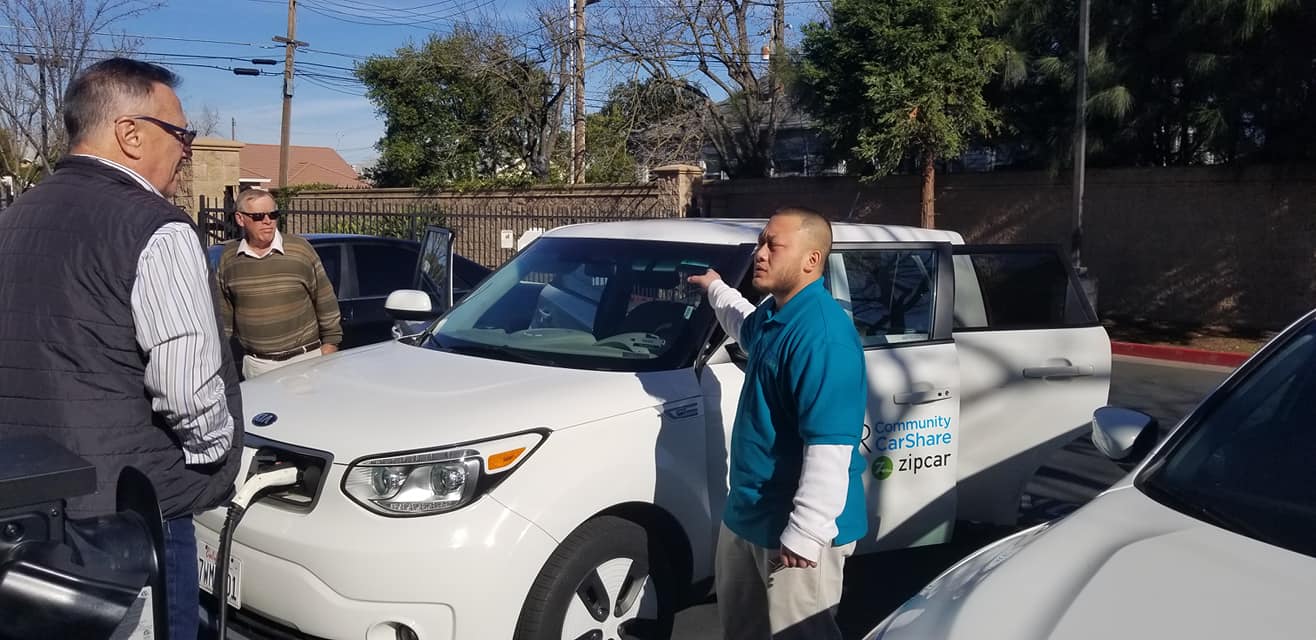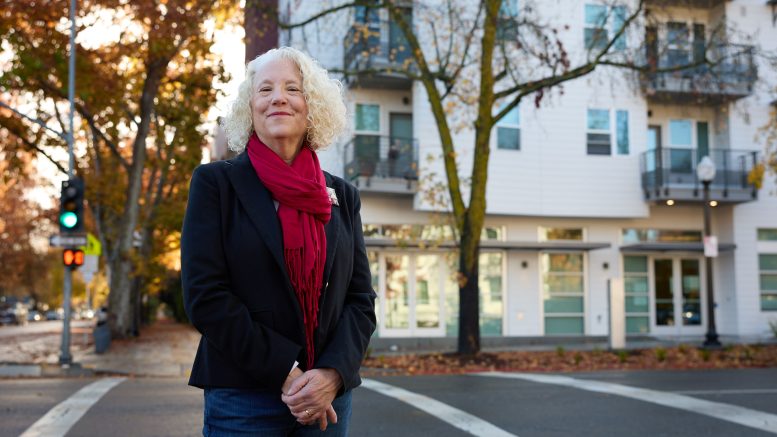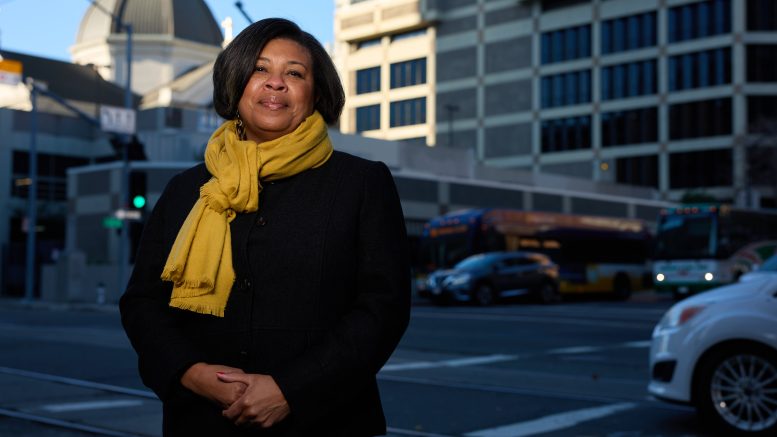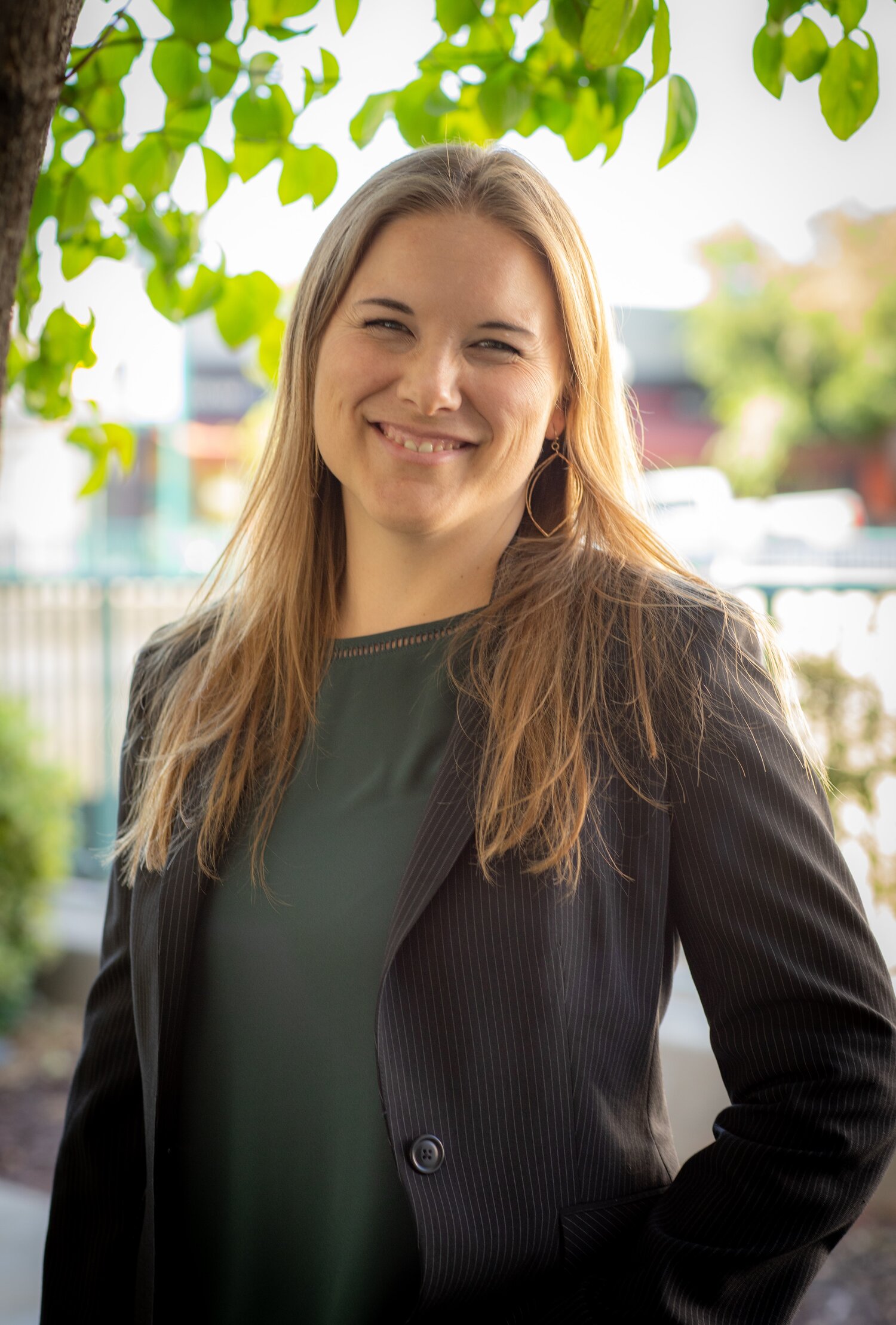Davis Vanguard, January 24, 2018
Sacramento — On Wednesday in Sacramento at the Lemon Hill Mutual Housing site, Sacramento Housing Alliance and Mutual Housing California hosted a panel discussion on programs that are bringing electric vehicles and EV charging to disadvantaged neighborhoods and low income households.
The panel was moderated by Rachel Iskow, Executive Director of the Sacramento Housing Alliance and featured panelists: Bryan Dove, Director of Asset Management, Mutual Housing California; Steffani Charkiewicz, Air Quality Engineer, Sacramento Metropolitan Air Quality Management District; Jennifer Venema, Sustainability Manager, City of Sacramento and Gary Bailey, Air Quality Engineer, Sacramento Metropolitan Air Quality Management District.
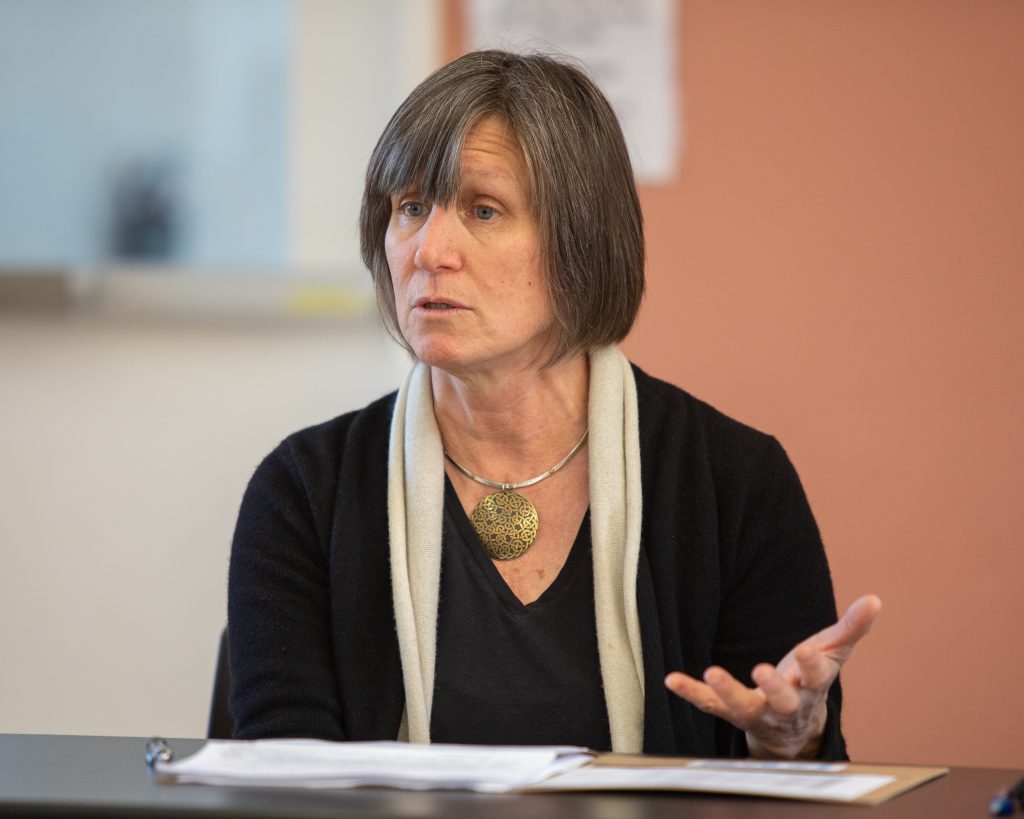
“Sacramento itself is on the cutting edge of not only EV dispersion, but also really looking at EV through an equity lens,” Rachel Iskow explained in her introductory remarks. “They are trying to meet the challenge of getting electric vehicles and electric vehicle infrastructure into disadvantaged communities including in affordable housing.”
She explained that the folks on the panel have been out front in bringing EV to low income communities. They have encountered some remarkable successes but also some interesting challenges.
“The reason the Sacramento Housing Alliance is interested in electric vehicles and getting electric vehicles into disadvantaged neighborhoods, is because our main goal is to get more affordable housing in inclusive and healthy neighborhoods,” she explained.
Ms. Iskow also explained that pollution, toxins, and other air quality issues tend to occur in low income neighborhoods and communities of color. The link between healthy individuals and healthy neighborhoods is “of course impacted by the quality of the air.
“Getting electric cars can really positively impact the budgets of the families we are concerned about,” she continued. “We’re really concerned with the lack of electric car chargers that are publicly accessible in some low income areas.”
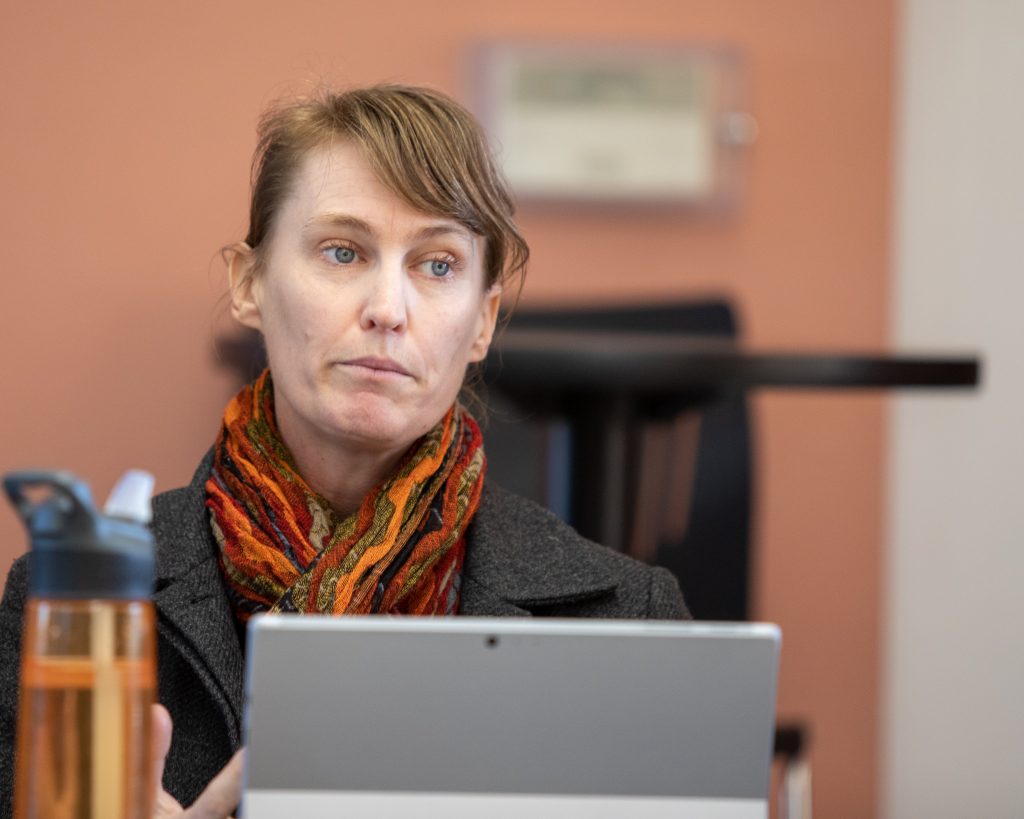
Steffani Charkiewicz with the Sac Air Quality Management District explained the history of their program. They created a proposal to serve low income communities and applied to the state for a grant through CARB (California Air Resource Board).
They worked with affordable housing and low income communities because they knew and were familiar with these target populations. At the same time, they partnered with Zipcar. She said that “at the time, they were the only game in town,” in terms of car sharing.
“One of the early questions that we asked ourselves is ‘why is this important?’” she said. “It’s this equity piece. It’s this we have this fantastic technology, we need to be able to provide it to everyone equally. This is how we started this process in Sacramento.
“How do we provide these mobility options to folks?” she said.
There were awarded funds in October of 2015. They launched their first phase in May 2017 and the program came to Lemon Hill in July of 2017, which was the third site. There are four sites that are up and running with their phase one money.
She explained, “The users of the site have embraced the program. They love it. They use it regularly.”
They have now applied for expansion funds to cover three more sites. The first phase entailed a $1.3 million grant. The second phase provides another $1 million and they are hoping for a third phase, about $2 million, which would allow them to double the size of the program by the end of the year.
The requirements are the residents are limited to three hours at a time, and they must be 21 or over with a valid driver’s license and an email address.
Ms. Charkiewicz explained that there was a lot they learned in phase one and they are hoping to learn from that and push those lessons out as they expand.
“Technology is an issue,” she said. “A lot of folks don’t have smart phones. They don’t have a computer in their home or maybe they don’t have access to Wi-Fi.
“We decided, let’s bring the technology to them,” she said. They have created a kiosk, which is basically an iPad on a stand where they can access the interface to use the vehicle. They make it so that is the sole purpose and they can’t broadly use the internet.
One of the big issues is “what happens when the grant funds are no longer available.” They are going to need to figure out a way to make this sustainable and to cost-share with the residents.
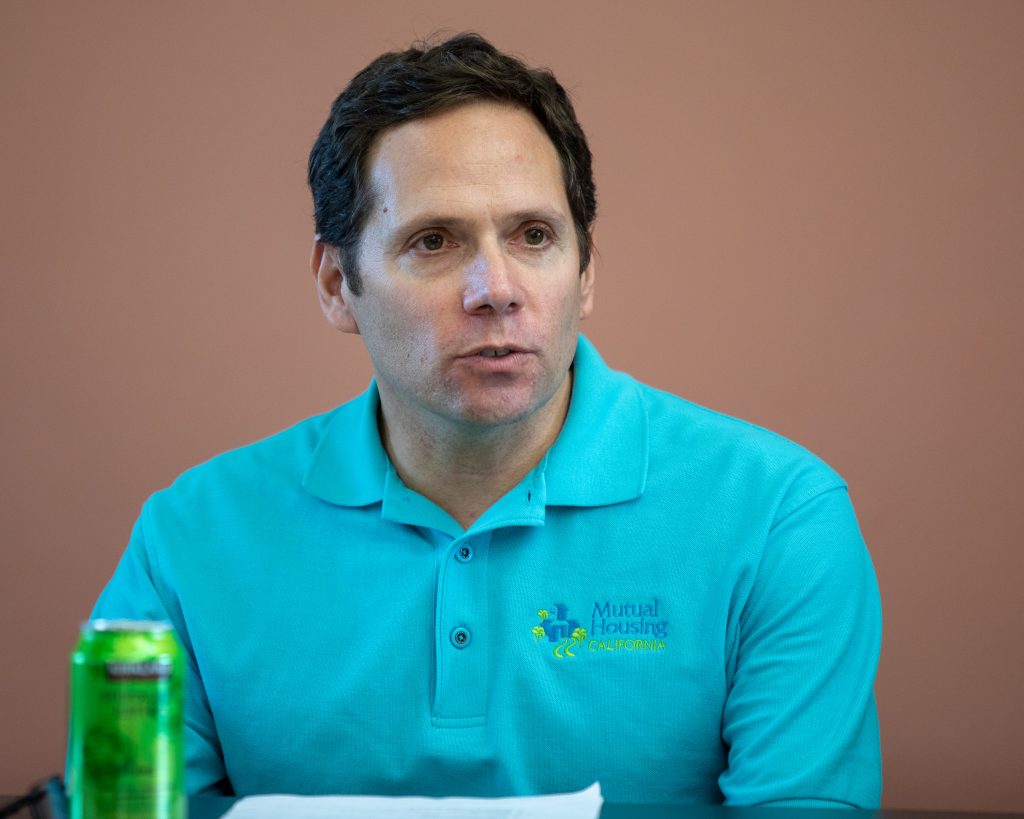
Bryan Dove from Mutual Housing California said that the typical household in a Mutual Housing home makes about $28,000 per year. Most sites have about 14 regular users for the two cars. They have gotten up to 3000 miles traveled per month and about 200 trips.
He said, “It’s not without its challenges.” For instance, just to get the charging station put in, they had to trench 100 feet per month, upgrade the electrical panel, and the charger itself takes up a parking space, which can be a big deal.
He noted that they have ongoing electricity costs, as the sites themselves have to pay for electricity.
However, that cost is about $125 per month, he said. “That’s not bad. Imagine driving across the country for only $125.”
Mr. Dove noted that they have a complex in Davis “where two households had purchased their own electric vehicles.” The problem is that they are parking in the parking lot and laying extension cords across the lot.
“We knew we had to do something,” he said. “We typically don’t have 40 or 50 thousand lying around to install electric chargers. There are other programs out there just for electric chargers.”
At two sites in Davis, they are using the Green Lots Program through Electrify America. They now have two, four, and six EV chargers that are going to be installed in the few weeks.
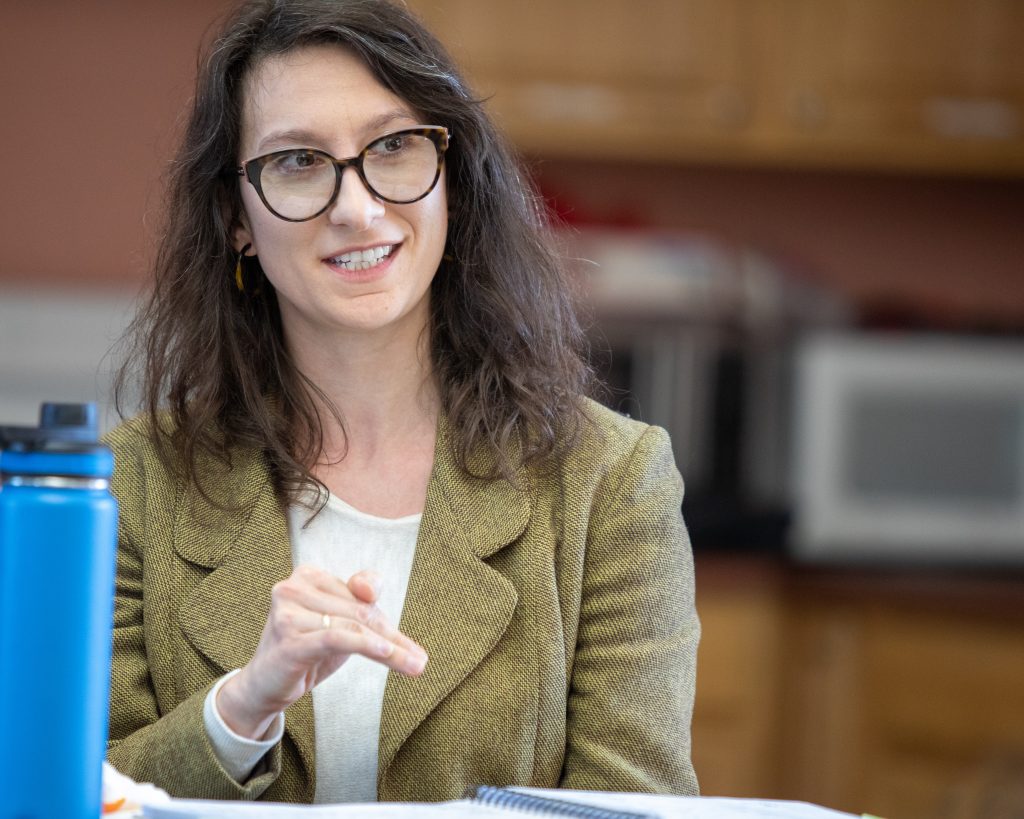
Jennifer Venema with the City of Sacramento explained that EVs are “a way of expanding access and mobility for underserved and low income communities.”
What they learned is “this is a lot of work,” but they are fortunate that “there was a state agency willing to flip the bill.” She said, “Without funding and without the commitment these programs never could have gotten moving, gotten onto the streets.”
The City of Sacramento, through their partnerships and work, “have been able to secure a commitment by Electrify America to invest $44 million in our community.”
There are three main pieces of this commitment. First, car share. Second is infrastructure to support car share. Third, zero emission buses and shuttles.
This is a new learning process. Previously they were learning in a fully subsidized environment, now they are having to learn without public dollars.
“How do you sustain when there’s not public dollars to uphold it?” Ms. Venema queried. “These aren’t government dollars (with Electrify America). It’s not a non-profit model, these are for-profit businesses that are coming in to invest in car share.
“They are fully offsetting the infrastructure and capital expenses,” she said. “The flip sides of partnering with a for-profit business is that part of the ask is that in exchange for the service, residents will have to pay to use the service.”
These programs have been fairly successful. Brian Dove pointed out that their residents have a higher usage than average Zipcars. Jennifer Venema said it was over 35 percent, whereas Zipcar’s normal is about 30 percent.
Moreover, that is over a 24-hour day and the use is restricted between midnight and 4 am to make sure that the vehicles are fully charged.
In fact, she pointed out that residents are having to reserve use further and further out to get to use them. “It’s a nice problem to have,” she explained, noting that the usage is high enough it is actually hard to access. But she warned they do not want it to get much higher because that would start discouraging use.
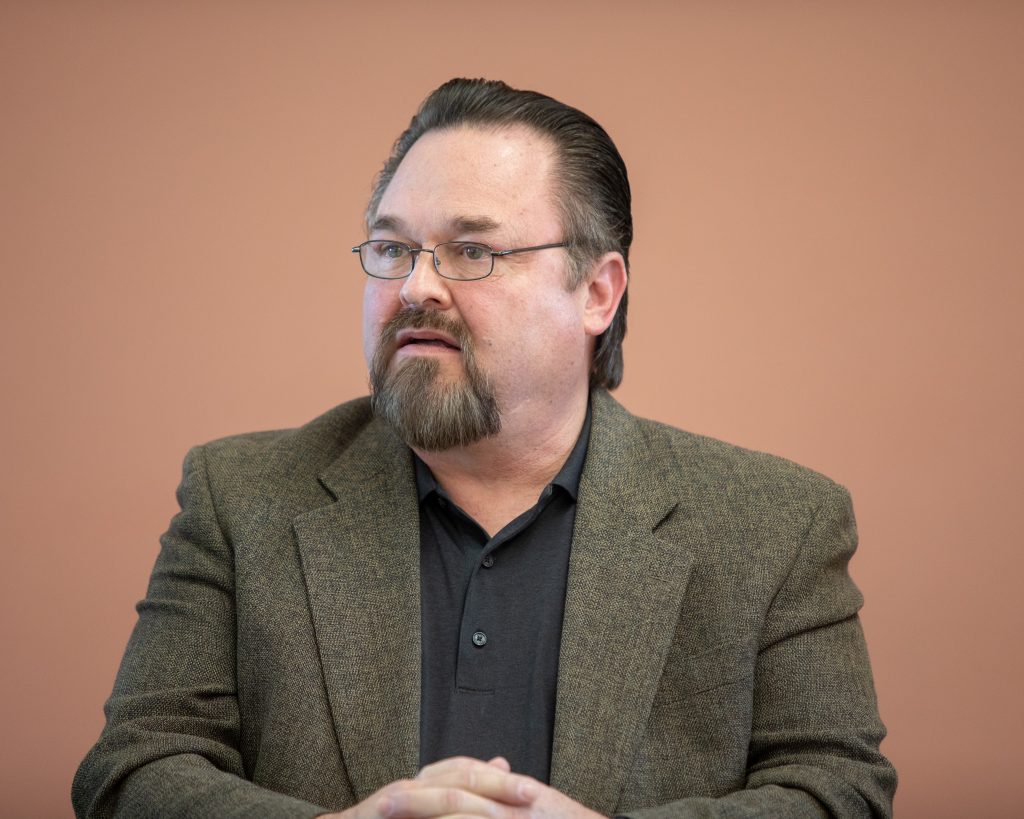
Gary Bailey from the Air Quality Management District explained that his job is to create clean transportation and mobility programs. “Car share being the first program that I designed,” he said.
They have a complementary program that they plan to launch this year. “Sacramento is adopting the clean cars for all programs,” he said. They replace older gasoline and diesel vehicles with plug-in technology – either hybrid or all-battery.
The program offers up to $9500 for a new replacement vehicle and up to $2000 to go toward the purchase of a vehicle charging station. “The grant offered in this program will not require repayment, however a personal loan through a personal lender may be necessary along with the grant fund in order to complete the vehicle purchase,” he said.
In order to be eligible, they must meet the federal low income criteria, currently own an operational 15 year or older vehicle, willing to voluntarily turn in their vehicle, and accommodate the installation of charging infrastructure.
—David M. Greenwald reporting

